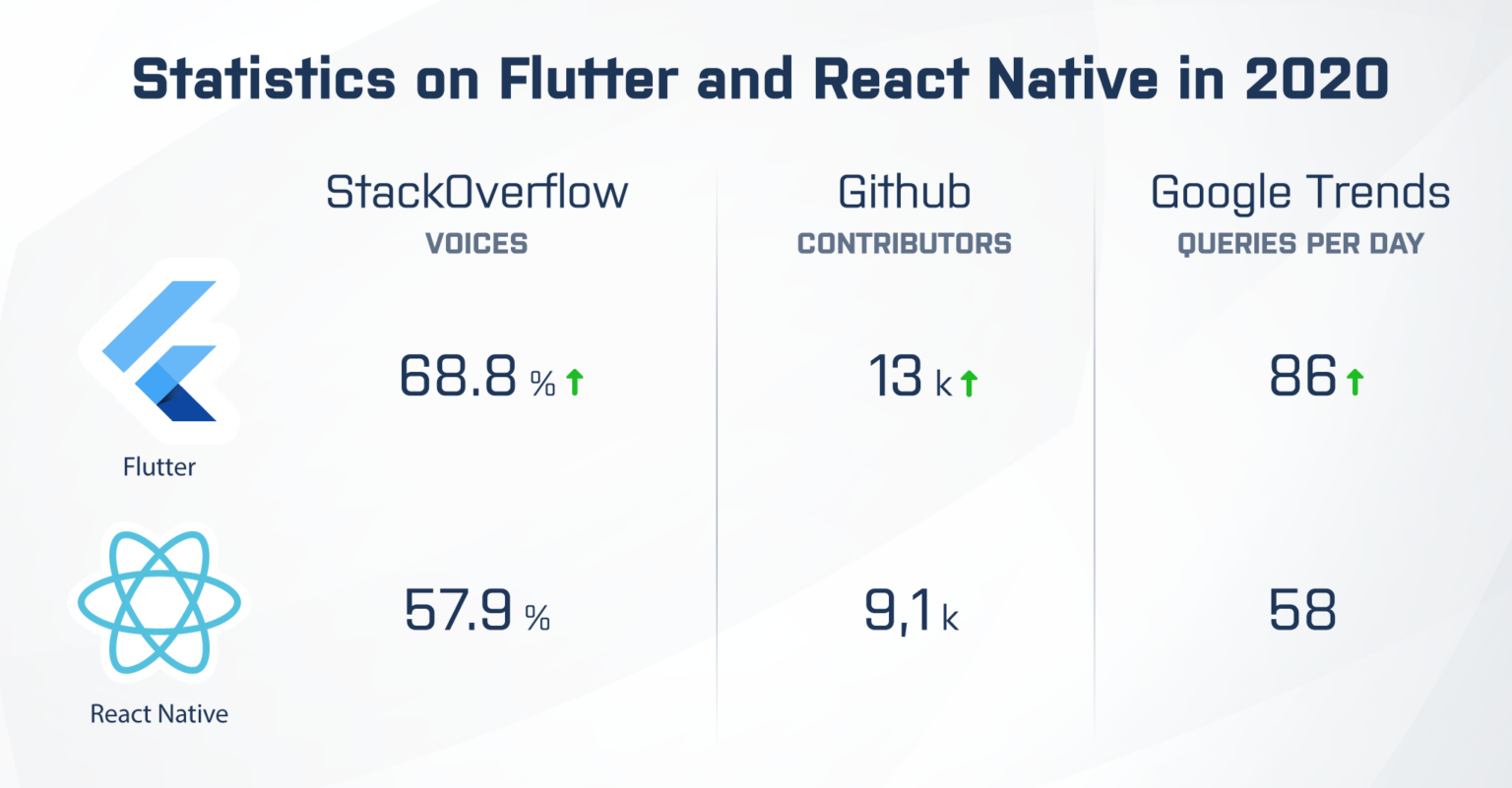
Aside from the obvious advantage of writing for two platforms, there are small things like not having to recompile your code. There are similarities in this department, too. That, however, is likely to change in the upcoming months.īoth Flutter and React Native emphasize developer productivity as one of their key strengths. With Hamilton app being the only ace up its sleeve, Flutter can’t boast any meaningful industry adoption. Namely, the examples of applications featured on the React Native Showcase include Airbnb, Skype, Instagram, Walmart, and Tesla. Dart is type-safe, expressive, and it has a smooth learning curve for both true native and React Native developers.īeing an older technology based on a popular programming language, React Native has found its way into numerous mainstream applications. Those who already took this leap, though, appreciate the features and perks that the language offers. Besides, considering Google’s history with AngularJS 1.x and GWT, betting on Dart and Flutter requires a big leap of faith. It’s largely unpopular outside of Google, the company that originally developed Dart. Getting into React Native development for a web or Node.js developer is relatively easy. It enjoys massive adoption rates, and it has a strong foothold in the browser, on the server, and on mobile. JavaScript is the most popular language on GitHub as of 2018. In some sense, the two languages belong in different weight classes.

But it’s more than that in case with Dart vs JavaScript. Yet again, it will take time for Flutter to mature into a widely-adopted solution for cross-platfrom mobile development.īeyond doubt, the need to choose between programming languages is a huge decision factor. The date of its first stable release was March 9, 2018. The initial release of Flutter took place in May 2017 - that’s only 10 months ago. The first public Release of React Native was in 2015. Giving credit where it’s due, Flutter supports animations at 60 fps as a standard. React Native performs smoothly in all standard cases, and it has reliable solutions for challenging tasks like dynamic user interactions at 60 fps. None of these experienced any performance issues, even compared with native apps. In the past two years, our developers worked on 20+ apps built with React Native. But is the difference in speed large enough to matter outside of benchmarks? Our own experience with React Native tells us it isn’t. There’s no JavaScript bridge for interaction with native components, and the use of Dart should give Flutter an edge over React Native. But why wait if these best practices are already in place in the React Native community? It will take time before the Flutter development community will accumulate the best practices needed to deliver true native experience across platforms.

The fact that Hamilton is the only renowned Flutter app makes this somewhat indicative of the framework’s limitations. Moreover, not all of these comments are favorable: While the former gets tons of positive coverage, comments on the performance of Flutter apps are few. Native look and feel is the grand promise behind both React Native and Flutter. Besides, tapping into OS native makes for a more convincing user experience, and that’s where React Native clearly wins.

On the other hand, Flutter’s Cupertino library lacks far too many essential elements (like iOS-style form components). Flutter’s proprietary widgets shine in fully-custom UIs, and they promise good interoperability with native components and screens. The way Flutter approaches UI elements evokes mixed feelings.
FLUTTER VS REACT NATIVE 2018 ANDROID
React Native wires into native iOS and Android components, with custom or third-party components required in certain cases. The two platforms differ drastically in terms of what they use as “building blocks” for the UI. Check out the table below for a quick comparison or scroll down for a more in-depth overview.įlutter vs React Native comparison matrix So how do the two compare? This post will explore the differences between Flutter and React Native, zooming in on their strengths and weaknesses. Basically, Flutter appears to have what it takes to become a worthy React Native competitor in the foreseeable future. It’s fast and productive, and it’s the default UI framework for Google’s upcoming Fuchsia OS. In the meantime, React Native has been around since 2015, and it powers complex mainstream applications like Facebook, Skype, Instagram, Bloomberg, and Discovery VR. Flutter is less than a year old, with just a handful of apps using it. The Flutter vs React Native dilemma isn’t really a dilemma as of Q1 2018.


 0 kommentar(er)
0 kommentar(er)
